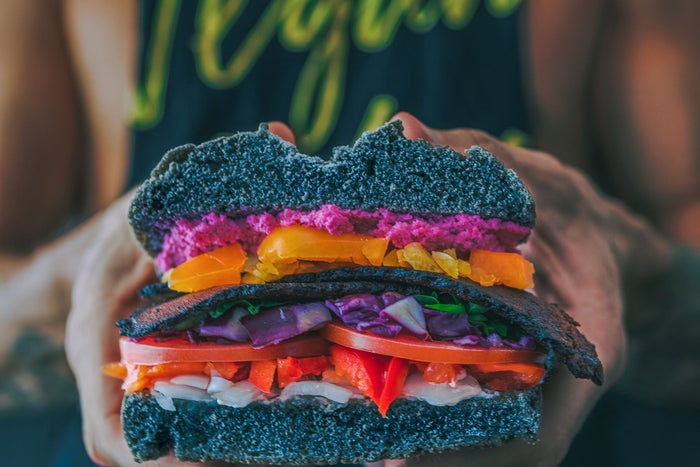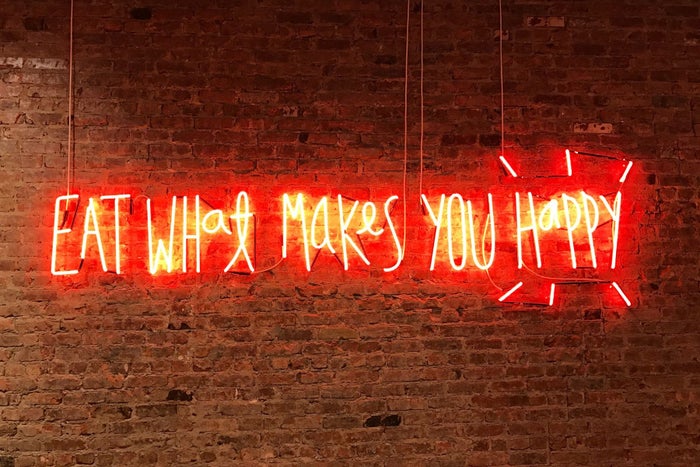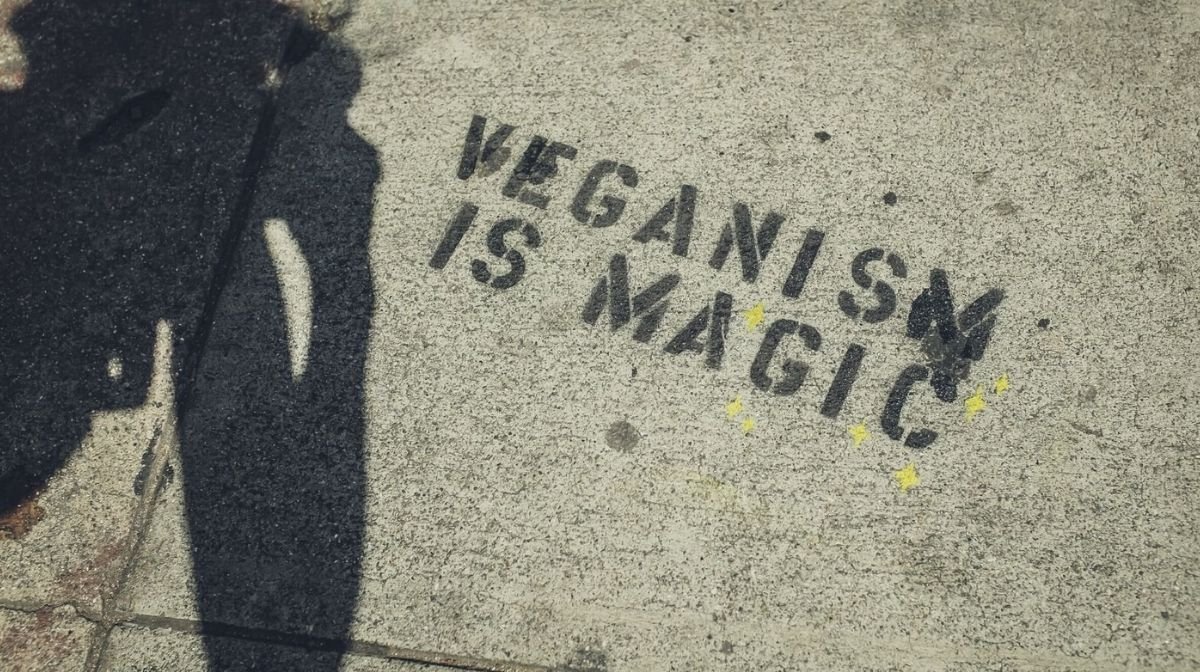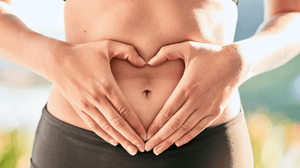Veganuary is finally here, and many of us are taking the plunge and going vegan. Whether you want to make the switch for your health, animal rights, or the environment, figuring out exactly how to go vegan can feel overwhelming. You might be daunted by the idea of giving up so many foods at once, or worried that you’ll miss out on essential nutrients.
Luckily, making a well-planned transition ensures that you’ll stay healthy and happy, all while eating in a way that aligns with your views and tastes. Let’s take a look at exactly how to become vegan, step by step.
What is Veganism?
The formal definition of veganism typically goes something like this: “a way of living which seeks to exclude, as far as is possible and practicable… cruelty to animals for food, clothing or any other purpose." In practical terms, this means avoiding foods like meat, fish, cheese, eggs, and milk - as well as products made from leather and wool. Simple.
How Can Going Vegan Benefit your Health?
When you eat a healthy vegan diet, you’ll consume larger portions of wholegrains, fruits, vegetables, beans, nuts and seeds than you would as a non-vegan, which will increase your levels of vitamins like A, C, and E, boosting your immune system and overall wellbeing.
Eating a vegan diet can also help you to lose weight if you need to. This comes with a whole raft of health benefits, from a decreased chance of heart attacks to a lower risk of developing diabetes. Vegan diets can also help lower cholesterol and reduce high blood pressure, which is great news for your heart.
It’s important to remember that not all vegan diets are the same. For maximum health benefits, focus on eating a balanced range of whole foods and avoiding too many processed vegan treats.

What Should You Know Before Switching to a Vegan Diet?
Ready to make the switch to veganism? Stay healthy by planning carefully, knowing how to replace your old staples, and understanding which supplements you might need to fill gaps in your new diet.
How to Replace Staples like Meat and Dairy
You shouldn’t cut staple foods from your diet without lining up high-quality replacements. Luckily, it’s not hard to find nutritious vegan alternatives to meat, fish, and dairy.
Meat and fish should be replaced with other sources of protein, like beans, lentils, tofu, or tempeh. Dairy products can be replaced with homemade or shop-bought alternatives. It’s easy to find a range of non-dairy milks, including soya milk, oat milk, rice milk, almond milk, cashew milk, and more. These milks all provide different nutrients, so be sure to compare to find one that suits you.

Vegan cheese can also be bought in shops, although it’s often based on coconut oil and isn’t the healthiest choice. If you want to focus on eating whole foods, try following recipes to make cashew, tofu, or almond-based cheese at home.
How to Cook Vegan Versions of Your Favourite Foods
Going vegan is much easier if you work out how to create vegan versions of some of your usual meals. Sometimes all you’ll need to do is make a simple switch – for example, using lentils instead of mince, or swapping burgers for large roasted mushrooms.
Pulses will become your best friends when it comes to replacing protein, fruits and vegetables will help you get all the vitamins you need, and wholegrains can form the base of many meals. Tofu, seitan, and tempeh are excellent if you’re looking for versatile meat alternatives.
Where to Get Your Essential Vitamins and Minerals
You can get most of the essential vitamins and minerals you need from a well-planned vegan diet. However, you might need to add a few supplements to make sure you’re getting everything you need, especially while you’re still figuring things out.
Studies have shown that vegans are more likely to be deficient in vitamin B12, so it’s a good idea to supplement using a B12 spray or tablet. You can also look out for foods fortified with B12, which include nutritional yeast and some cereals.
Vitamin D deficiency is also common amongst vegans, particularly in locations that don’t get much sun. Vitamin D isn’t found naturally in many foods, so it’s safest to use a high-quality vitamin D supplement.
You can make sure you’re getting plenty of calcium by eating leafy greens and choosing fortified plant milks, and get an omega-3 boost by eating chia seeds, flax seeds, and seaweed.
Make sure you purchase the vegan versions of any supplements you’re taking. For example, avoid forms of vitamin D derived from sheep’s wool and stick with plant-based versions instead. Skip fish oil and stick with vegan sources of omega-3, like flax oil or algae oil.
How to Go Vegan Easily
Now that you know how to go vegan, it’s simply a case of stocking up on new staple products, testing out some vegan recipes, and making sure you take all the supplements you need. Being vegan is easier than you think, so commit to giving it a try for at least one week. For a little help getting started on your vegan journey, explore our range of natural vegan supplements today.








